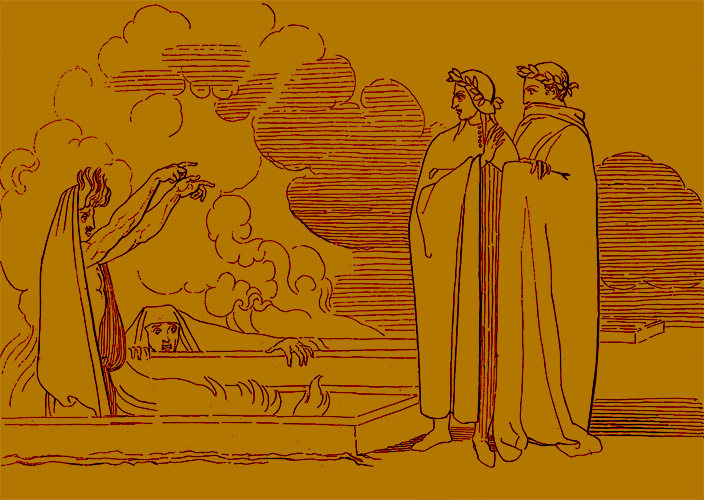

:max_bytes(150000):strip_icc()/GettyImages-639559527-57e8a2553df78c690fa2bd91.jpg)
Dante generates tension by means of the dynamic interplay between the reader’s feelings of sympathy for the damned and the reader’s intellectual awareness (not yet fully formed) of the founding principle of Justice.Hell is a non-deterministic and freely chosen state, as enacted in verses 124-126, which state that the souls desire to cross the river Acheron.the words inscribed on the gate of Hell declare Justice to be the motive cause of damnation: “Giustizia mosse il mio alto fattore” (Justice moved my high Maker ) left unspecified for now is the implied correlative of Justice, namely free will.this space, the ground of transition itself, is not named by Dante in the commentary tradition it is frequently called Ante-Hell or vestibule of Hell.

this liminal space represents the pivot point of choice between the binary destinies of the Christian universe: damnation or salvation.Inferno 3 opens with the words written on the gate of Hell and yet, despite this reality, the canto depicts a protracted limen (threshold): a liminal space between the entrance to Hell and the first circle of Hell, which we reach only in Inferno 4.


 0 kommentar(er)
0 kommentar(er)
